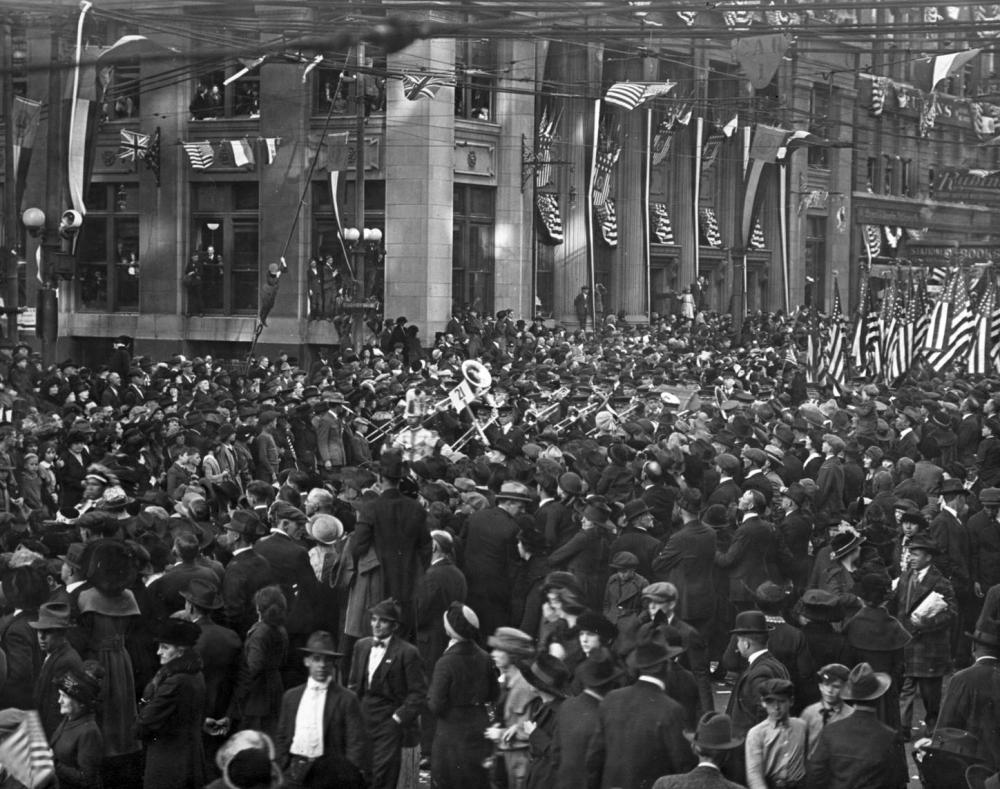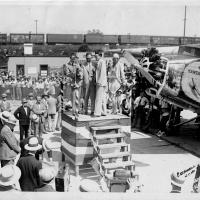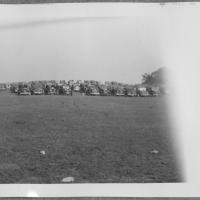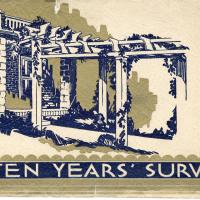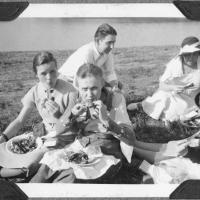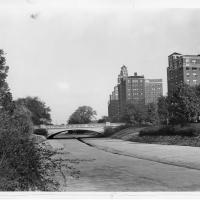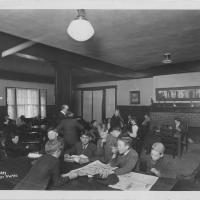Economic Boom, Depression, and Recovery
Fueled by the continued growth of industries, especially the railroads, stockyards, and garment district, Kansas City’s population and economy exploded from 163,000 in 1900 to over 399,000 by 1930. The effects of the Great Depression, however, arrested further growth until the U.S. entry into World War II sparked a new industrial expansion on the home front. Learn more about Kansas Citians’ experience of the economic conditions of the Roaring Twenties and Great Depression.
Featured Article
The Liberty Memorial arose during a period of widespread monument-building, one that ran from roughly 1880 to 1930. It was restored amidst a second such period, beginning in the 1980s and continuing to this day. Locally, these two eras correspond with Kansas City’s emergence as a modern metropolis, and with its most ambitious program of urban redevelopment thus far. In each case and in different ways, residents framed the war and its remembrance as a means to future gains. These framings offer telling views of the city’s history, its greatest monument, and the changing nature of memory.
